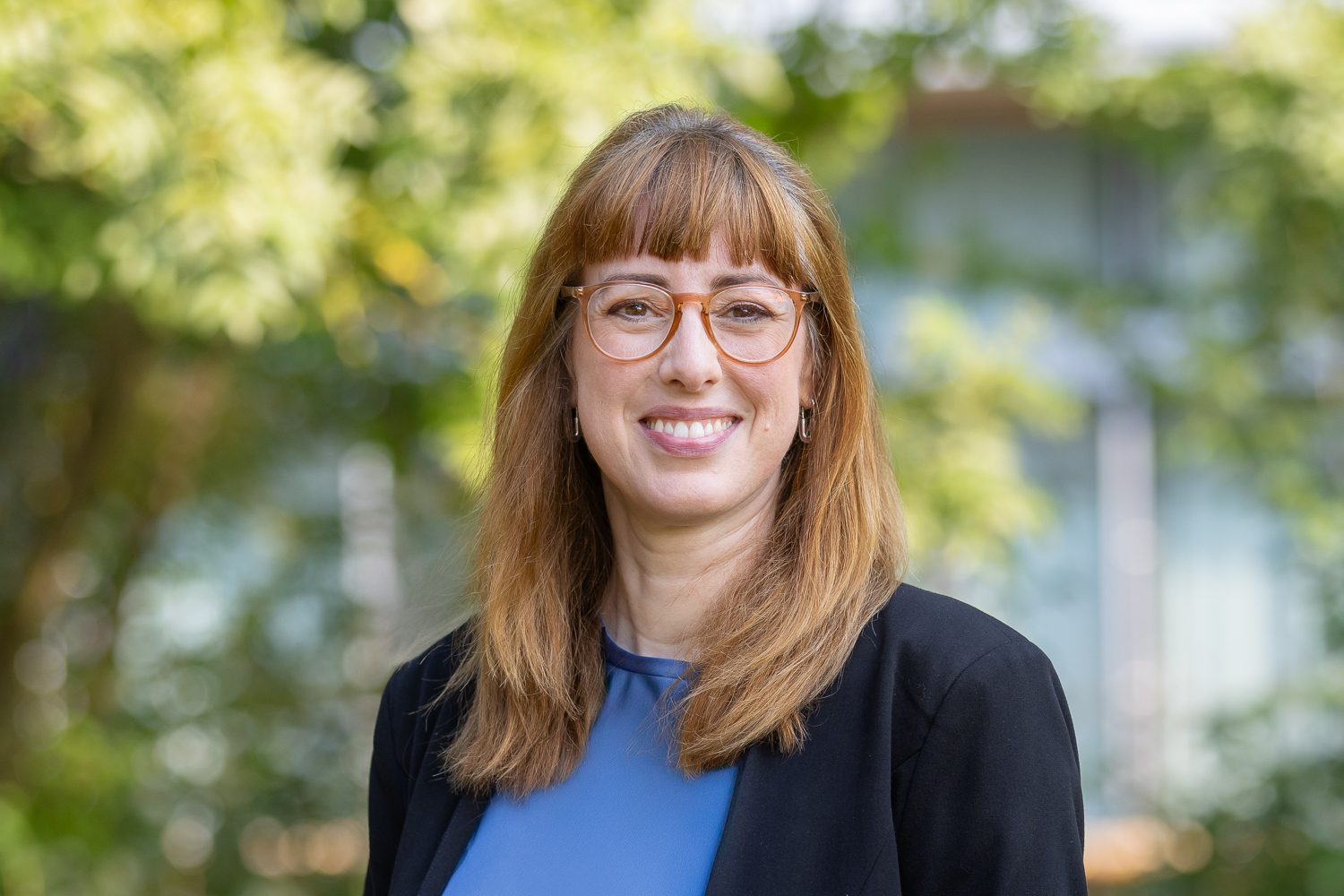
3 Questions with Vragments – »We often come in where corporate IT departments are hitting their limits«
Virtual Reality has been a buzzword for some time now. Vragments is one company that’s helping companies digitalize using innovative solutions such as VR. From their beginnings in immersive storytelling and projects like a virtual model of Berlin’s new BER airport, they’re now shifting towards advising clients on their Industry 4.0 transformation processes. CEO Professor Linda Rath tells us about their goals, the approach they’ve been taking, and why the Potsdam Science Park is the best place to be for what they’re doing.
Professor Rath, there’s plenty of hope invested in Virtual Reality and it’s been getting a higher profile of late. How exactly do you go about things, and why did you found Vragments?
So it all basically started in 2015 at a Virtual Reality-focused meetup. I was there, as was my co-founder Stephan Gensch. We were so impressed by what we saw that we just thought, “we want to make this kind of thing happen too.” And so we got together with Lorenz Matzat, a data journalist, and put some of our first projects together. In particular, we kicked off with a Virtual Reality tour of Berlin’s new airport (BER), with co-funding from Berlin-Brandenburg Broadcasting (RBB) and Deutsche Welle. The feedback was overwhelmingly positive, and led to a jump in interest in what we offer. Things took off from there – for example we joined a coding competition giving medical researchers a ‘digital twin’ of a human lung they could travel through to identify cancer cells and eliminate them. Another project was for the culture channel of DLR German Radio, for whom we created a VR experience of the eavesdropping methods used by the ex-East German “Stasi” secret police. This approach turned out to be successful, and also helped us quickly get the funding we needed in place. So for example we got co-funding from Google’s DNI Fund for the Fader platform we were creating. Our business model has now shifted as we’ve found that a business can only start having functional Virtual Reality if it has already put the building blocks in place for digitalization.
What issues did you come up against when implementing Virtual Reality projects?
Often it’s little things that can lead to big issues. At some smaller businesses jobs were still being processed on paper. You’d have others where job planning was done on systems that weren’t interconnected. People were using Excel spreadsheets to handle jobs, but that was leading to silos because the spreadsheet wasn’t integrated into the process. Sometimes the correct authorizations, responsibilities or interfaces were missing. So you had digitalized data but not digitalized processes. We often come in where corporate IT departments are hitting their limits or when off-the-shelf software isn’t flexible or practical enough to meet the company’s specific needs. Fountains might be a good example of the kind of thing we’re aiming to do. We’re currently working on a project with a German utility company. For them every fountain was basically represented by a data object with parameters like name of the fountain, size, location and so on. We proposed to do 3D models of the fountain, a digital twin, an exact representation of the real-life fountain. To which we then want to link information so that people on site have instant access to all the facts and data. My co-founders and I want to offer clients our know-how and digital tools so they can find better solutions than the ones they’re used to. That’s what motivates us. We make a point of having a personal relationship with our clients and working closely together. We want to get a sense of what they really need, and then develop the ideal custom solution together.
You’ve just moved into your new offices in GO:IN 2 Innovation Center at the Potsdam Science Park in May 2022. What was behind that decision, and what are the good things about being where you are in Potsdam?
There were several factors. Our premises at the “Computing Center” Arts and Creative Building at Foundation SPI were getting too small, as we’d hired more people. GO:IN 2 was an exciting prospect from the growth point of view for us. Another factor – we’re confident we’re in an exciting area location-wise now when it comes to new projects and jobs. On our doorstep we’re amongst fledgling companies and research departments belonging to their bigger peers, which is a real trump card. And part of being here is so we can be at all the events that are happening and mingle with – and hopefully collaborate with – all these young, creative and inquisitive people in the region. The Potsdam Science Park is the perfect formula for our growth trajectory and our ambitions to better serve Industry 4.0 clients.
Thank you very much for talking to us, Professor Rath.
This blog and the projects of Standortmanagement Golm GmbH in Potsdam Science Park are funded by the European Regional Development Fund (ERDF) and the State of Brandenburg. Image credit: Linda Rath © Causalux Fotografie
Contact

Karen Esser
PR & Communications
karen.esser@potsdam-sciencepark.de + 49 331 237 351 103